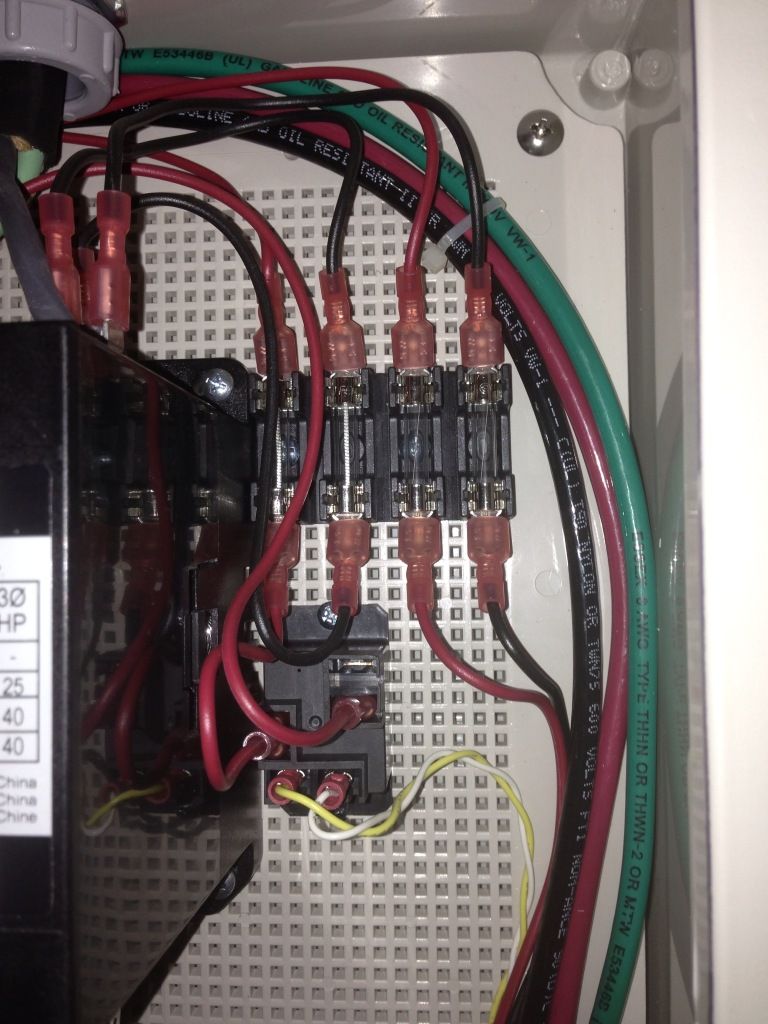mitch672
Well-known member
Can be seen in my 75A OpenEVSE as well, a 12V relay controls the contactors 240V coil... See picture below
My build: http://code.google.com/p/open-evse/wiki/75AOpenEVSE" onclick="window.open(this.href);return false;

My build: http://code.google.com/p/open-evse/wiki/75AOpenEVSE" onclick="window.open(this.href);return false;




